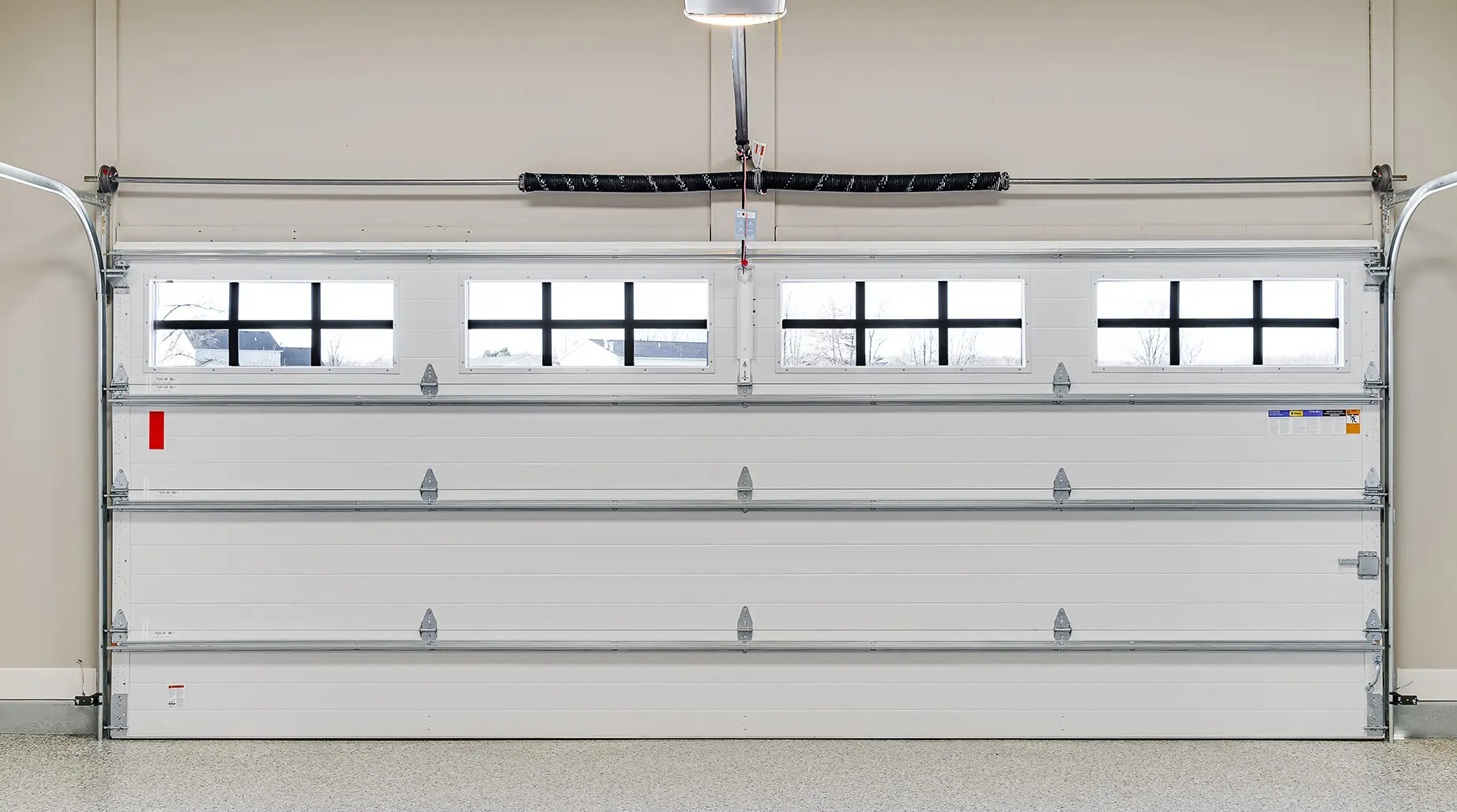Digital Nomad Housing: The Future of Flexible and Connected Living
October 30, 2025 | by IoT Development Company

The modern workforce has undergone a massive transformation. With remote work becoming a global norm, millions of professionals now have the freedom to work from anywhere. This shift has given rise to a new lifestyle — one defined by mobility, independence, and global connection. In response, a new type of accommodation is reshaping the way people live and work: digital nomad housing.
The Rise of the Digital Nomad Era
A decade ago, the concept of living in multiple countries while maintaining a stable income seemed unrealistic for most. Today, advancements in technology, global connectivity, and the acceptance of remote work have made it entirely possible. Digital nomads — freelancers, entrepreneurs, and remote employees who work online — are creating a new global community of professionals who prioritize experiences, flexibility, and freedom.
This new lifestyle has also created a new kind of housing demand. Traditional rentals and hotels are often too rigid or expensive for long-term travelers. Digital nomad housing fills that gap by offering flexible, community-oriented, and work-friendly living solutions tailored for remote professionals.
What Makes Digital Nomad Housing Different
Unlike standard short-term rentals, digital nomad housing focuses on the balance between productivity and lifestyle. These accommodations are designed with high-speed internet, co-working zones, and comfortable living areas that allow professionals to work efficiently while exploring new cultures.
They combine the comfort of home, the collaboration of a co-working space, and the social energy of community living. Residents can choose stays that range from a few weeks to several months, giving them complete freedom to move wherever opportunity or adventure calls.
Flexibility as the Foundation
The defining feature of digital nomad housing is flexibility. For professionals who thrive on change, the ability to find affordable, furnished, and ready-to-move-in accommodation anywhere in the world is invaluable.
Subscription-based housing platforms are emerging, allowing nomads to live across multiple global locations without the hassle of long-term leases. This mobility makes it easier for individuals to experience new cities, cultures, and communities while maintaining a stable work routine.
Community and Connection
Despite their independence, digital nomads often crave connection. Living alone in a new city can be isolating, especially for people constantly on the move. Digital nomad housing provides a solution by creating communities of like-minded individuals who share similar goals and values.
These communities host social events, networking meetups, and skill-sharing workshops, fostering meaningful relationships and professional collaborations. Residents often describe these spaces as more than just housing — they are hubs for innovation, cultural exchange, and friendship.
Designing for Productivity
Work and lifestyle go hand in hand for digital nomads. Therefore, housing designed for this group must support focus, creativity, and comfort. Most digital nomad housing spaces include ergonomic workstations, quiet zones, meeting rooms, and communal work areas that encourage collaboration.
Natural lighting, comfortable furnishings, and tech-friendly layouts enhance productivity while reducing stress. This thoughtful design approach ensures that residents can maintain a healthy work-life balance — finishing tasks efficiently while still having time to explore their surroundings.
Sustainability and Global Consciousness
As global citizens, digital nomads are often highly aware of environmental issues. Many digital nomad housing providers integrate sustainability into their operations by using renewable energy, reducing waste, and sourcing locally produced goods.
Eco-friendly designs, such as solar panels, water conservation systems, and recycled materials, are becoming common. This sustainable approach reflects a broader shift toward conscious living, where travelers aim to reduce their impact while still enjoying modern comforts.
Technology as a Key Enabler
None of this would be possible without technology. The foundation of digital nomad housing relies on seamless digital infrastructure — from fast Wi-Fi to smart booking platforms and community apps.
Tech-driven housing companies use apps that allow residents to manage everything from check-ins to payments and community events. Some even offer AI-based recommendations for travel destinations, networking opportunities, or local experiences.
This digital integration ensures that nomads stay connected, informed, and supported — no matter where they are in the world.
Affordability and Accessibility
While traveling the world sounds glamorous, affordability is a key concern for most nomads. Digital nomad housing offers an affordable alternative to hotels and traditional apartments. By combining co-living and co-working, these spaces reduce costs without compromising comfort or functionality.
Flexible payment plans, all-inclusive rates, and shorter commitments make them ideal for freelancers and entrepreneurs who prefer not to be tied down by long-term leases or hidden fees. This affordability opens the door for more people to embrace the nomadic lifestyle.
Cultural Exchange and Global Learning
One of the most rewarding aspects of digital nomad life is the exposure to different cultures. Digital nomad housing plays an important role in this by bringing together residents from all over the world.
Cooking together, celebrating local traditions, or exploring nearby attractions creates opportunities for cultural exchange and lifelong learning. This constant exposure to diversity enhances creativity and broadens perspectives — key qualities for today’s global professionals.
Wellness and Lifestyle Balance
Traveling constantly can be exciting but also exhausting. To support overall well-being, many digital nomad housing providers incorporate wellness amenities into their spaces. These include yoga studios, gyms, meditation rooms, and access to outdoor activities.
Having a balance between work, relaxation, and recreation ensures that residents stay mentally and physically healthy. Some housing spaces even partner with local wellness centers or organize group retreats that promote mindfulness and self-care.
The Economic and Social Impact
Digital nomad housing doesn’t just benefit individuals — it positively impacts local economies. Nomads spend money in local cafes, restaurants, and coworking spaces, contributing to community growth. They often share their skills and collaborate with local entrepreneurs, creating cross-cultural innovation networks.
Cities that embrace digital nomad housing see an influx of talent and investment. As a result, governments in several countries are introducing “digital nomad visas” to attract these remote professionals and support local development.
Challenges and the Path Ahead
Despite its benefits, the digital nomad lifestyle also comes with challenges — such as visa restrictions, inconsistent internet access, or difficulty maintaining long-term relationships. Housing providers are addressing these issues through better infrastructure, global partnerships, and enhanced community support systems.
In the near future, we can expect digital nomad housing to become even more advanced — with AI-driven personalization, smart contracts for global rentals, and integration with travel services that simplify mobility.
RELATED POSTS
View all



